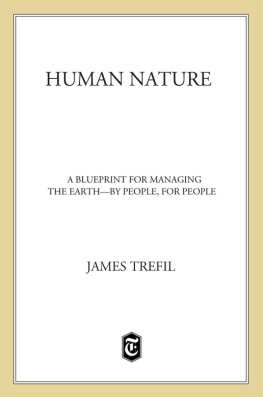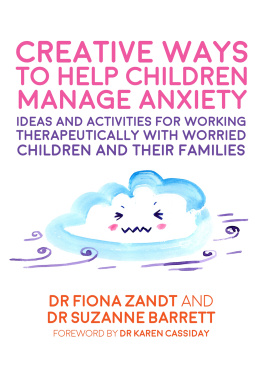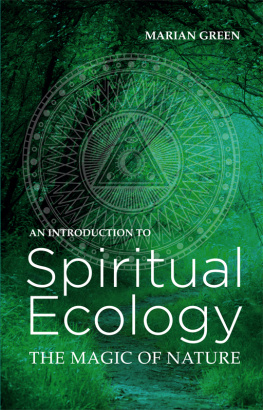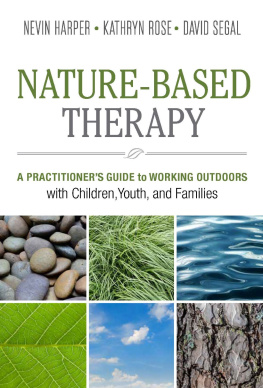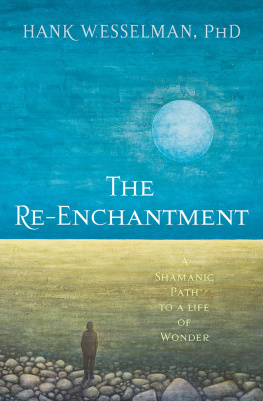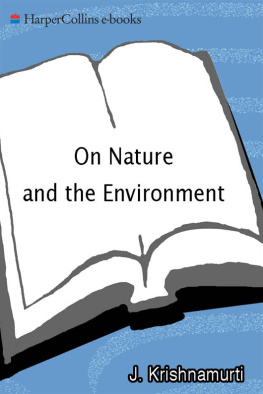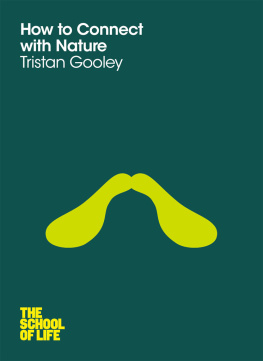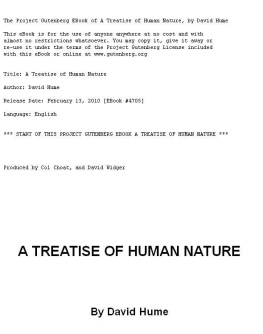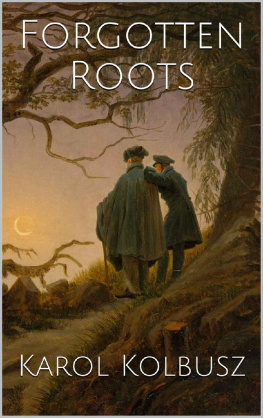Endnotes
1. This approach has been developed by those involved with the Amida training programme over the past fifteen years.
2. Brazier, C. 2009c, Other-Centred Therapy, O-Books.
3. According to a traditional story the Buddha was sheltered by a cobra whilst meditating during a storm soon after his enlightenment.
Sabbasava Sutta, Majjhima Nikaya 2.
Alagaddupama Sutta, Majjhima Nikaya 22.
6. The Parable of the Herbs in the Lotus Sutra.
Vammika Sutta, Majjhima Nikaya 23.
8. The vinaya, the behavioural code of the monks and nuns, specifically forbids unnecessarily destructive behaviour towards animals and vegetation.
Bhayabherava Sutta, Majjhima Nikaya 4; discussed in Chapter Twelve.
10. A more detailed explanation of this material can be found in Brazier, C. 2003, Buddhist Psychology, Constable Robinson.
11. This is explored further in Chapter Ten.
12. Brazier, C. 2009c, Other-Centred Therapy, O-Books.
13. A fuller exploration of the factors of conditioning can be found in Brazier, D. 1995, Zen Therapy, Constable Robinson.
14. There are many models of group process. The most commonly used one probably being that developed by Bruce Tuckman, and published in his article Tuckman, B. 1965, Developmental sequence in small groups, Psychological Bulletin, 63, 384-399.
15. Abraham Maslow developed the idea of the transpersonal as a counter to the preoccupation with the individual personal process in psychology.
16. Andy Goldsworthy is a sculptor in natural materials. His work can be seen photographically in a number of his books including: Goldsworthy, A 1990, A Collaboration with Nature, Abrahams.
17. You can see some of Miyas work on his website at http://www.miyazakiwood.com/
Watson (trans), 1991, Saigyo: Poems of a Mountain Home, Columbia University Press.
19. Brazier, C. 2007, The Other Buddhism, O-Books.
20. A concept originally invented by the Austrian psychoanalyst, Wilhelm Reich and widely used by post-Reichian therapies.
21. The Satipatthana Sutta.
22. Majjhima Nikaya 10 and at Digha Nikaya 22.
23. Hymn: Dear Lord and Father of Mankind words: John Whittier, 1872. Music: Frederick Maker, 1887.
24. A therapeutic model using dramatic exploration which was developed by the psychologist Jacob Moreno.
Lakshana means a signpost or indicator. It points towards the self.
26. The third skandha, samjna, is concerned with association.
27. The 2008 film Departures (Okuribito) by Japanese director Yjir Takita.
Samyutta Nikaya
29. Brazier, D. 1997, The Feeling Buddha, Constable Robinson.
30. Pali is one of the Indian languages in which Buddhist texts have been recorded, the other being Sanskrit. The collection of texts which are written in Pali are particularly associated with a school of Buddhism called Theravada, but they are recognized as foundational by most Buddhists. In Pali the word for a text is sutta. The Sanskrit equivalent is sutra. Thus, in referring to texts, since my own background is Pureland Buddhism, which relies more on the Sanskrit texts, I generally refer to texts as sutras, but in the case of specific texts from the Pali Canon, I use the term sutta.
Majjhima Nikaya 4; translated by Thanissaro Bhikkhu as available on the website http://www.accesstoinsight.org/tipitaka/mn/mn.004.than.html
32. Ibid
33. In fact at this stage in his life, it is incorrect to refer to the Buddha and the Buddha is referred to as Gotama in the text. Gotama is the name of the man who became the Buddha. The term Buddha is an honorific title meaning Enlightened One, so is not used until after his enlightenment experience.
34. Ibid
35. It is also interesting to reflect on the relationship between primitive passions and the spiritual energy which is described in the Ant Hill Sutta, Majjhima Nikaya 23. I have discussed this sutta at length in my earlier book Buddhist Psychology (Constable Robinson, 2003).
Mara, the Buddhas tormentor, is literally deadness.
Murcott, S. 1991. The First Buddhist Women: Translations and commentary on the Therigata, Parallax Press.
38. Dale Griffin speaking on the Radio Four programme Saturday Live, on Saturday 4th September 2010.
Stevenson, R.L. A Childs Garden of Verses, Puffin Books. (I was given this book when I was eight as a school prize for keenness in nature study and poetry .)
Naikan therapy is an other-centred approach which is based on questions. See: Krech, G. 2001, Naikan: Gratitude, Grace, and the Japanese Art of Self-Reflection, Stonebridge.
41. The A77, the first themed motorway in France. http://lejardindessai.blogspot.com/2007/04/lautoroute-de- larbre.html
42. I drew on these experiences in my previous semi-fictional book, Guilt, O-Books 2009.
Macy, J. 1991, World as Lover, World as Self, Parallax Press.
Courses in Other-Centred Therapies and Eco-therapy are offered through Amida Trust. To find more information contact us on or write to
Amida Courses
The Buddhist House
12 Coventry Rd
Narborough
LE19 2GR
www.buddhistpsychology.info

O is a symbol of the world, of oneness and unity. In different cultures it also means the eye, symbolizing knowledge and insight. We aim to publish books that are accessible, constructive and that challenge accepted opinion, both that of academia and the moral majority.
Our books are available in all good English language bookstores worldwide. If you dont see the book on the shelves ask the bookstore to order it for you, quoting the ISBN number and title. Alternatively you can order online (all major online retail sites carry our titles) or contact the distributor in the relevant country, listed on the copyright page.
See our website www.o-books.net for a full list of over 500 titles, growing by 100 a year.
And tune in to myspiritradio.com for our book review radio show, hosted by June-Elleni Laine, where you can listen to the authors discussing their books.

Chapter One
The Earth Element
We stand in a circle on the earth.
We have gathered under the old walnut in front of the house. It is an ancient tree, but there are young branches growing out of the old trunk. They bow down elbow deep into the long grass of the field; sweeping curved twigs, their large oval leaves fluttering on thick green stems, with the nearly formed globes of walnuts swaddled amongst them.
The trunk is hollow, torn off in some long past storm, and edged by jagged bark. Some years ago we had kittens at the house, and they loved to run up inside the belly of the old tree and peer precariously out of the various openings left by broken boughs, small heads, curious and bright eyed, peeping from the old trunk. Still the tree rewards us most years with crops of walnuts. The fresh nuts are wet and convoluted like little brains, coated in soft brown skin within the hard shells. They fall, tumbling out of the splitting husks as we shake the old tree. We search for them with our feet amongst the grass where they lie, hidden from sight, but easy to find when you stand on them.
Today, though, we are touching the earth.
Although we are wearing shoes, our feet are still capable of sensing the undulations of the rough soil. We place them firmly on the ground, noticing the clumps of field grass, knobbly and uneven beneath them. We close our eyes to feel the unevenness more intensely. We are not used to sensing with our feet.


